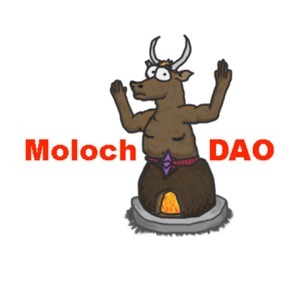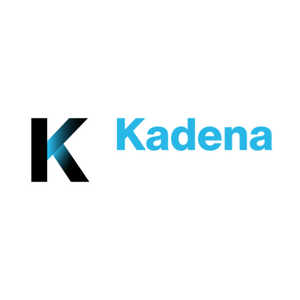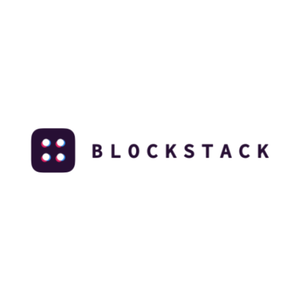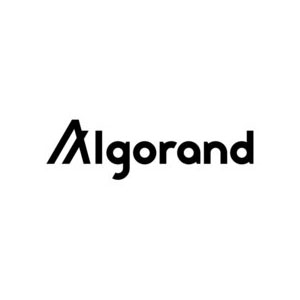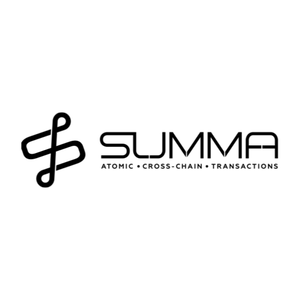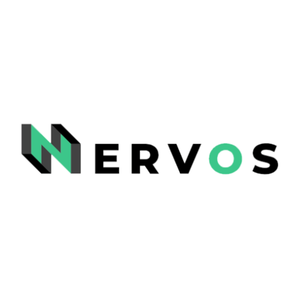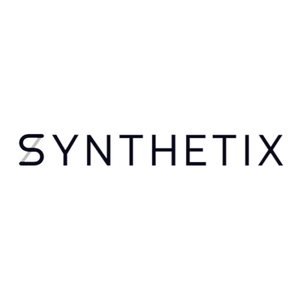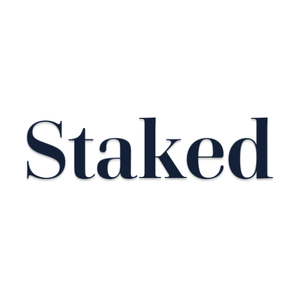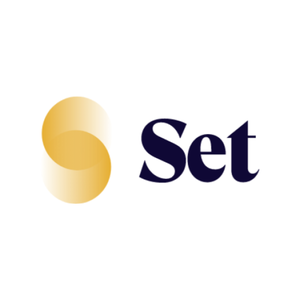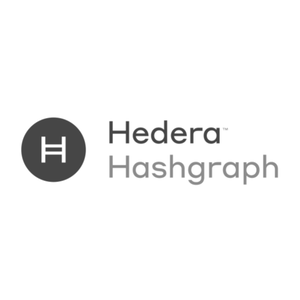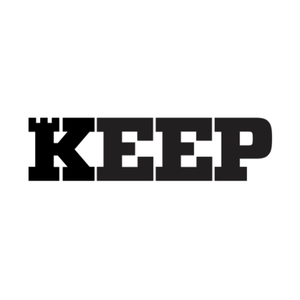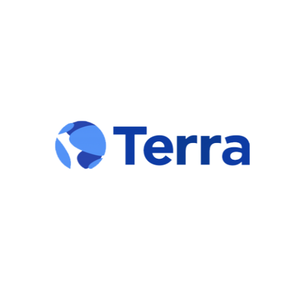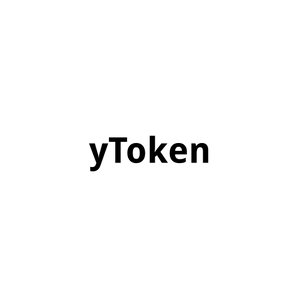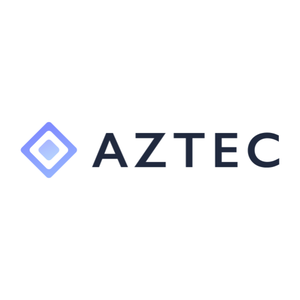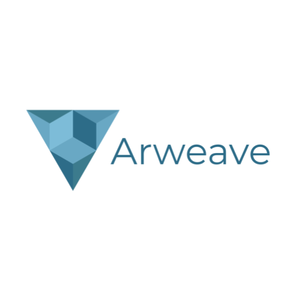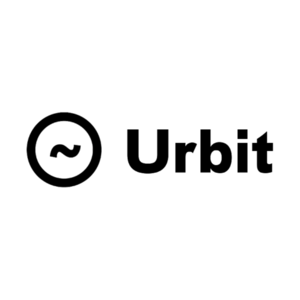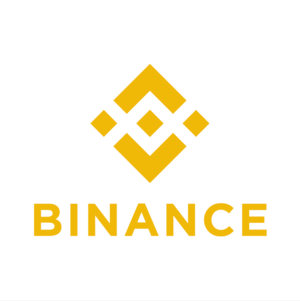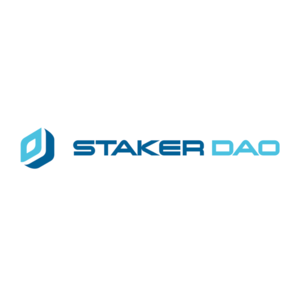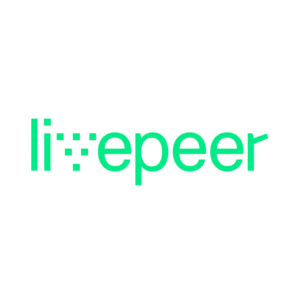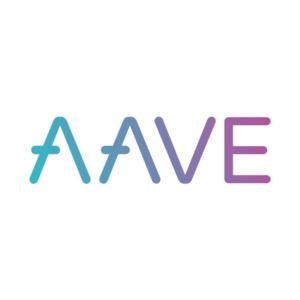Crypto AMA with Edgeware (5.24.19)
Spencer Noon Nov 27, 2019
- Dillon Chen
- Raymond Zhong
- Drew Stone
Hey everyone, let’s give a warm welcome to Dillon and Raymond of Edgeware!
As a reminder for everyone participating, please keep the discussion on-topic and respectful at all times.
@dillon @ray - could you guys start off by giving us a brief bio touching on your backgrounds as well as how you got started in crypto? And then a short overview of your project, how the idea came to be, and how it’s going so far? We’ll then be off to the races with questions.
Get ready to pop, and lockdrop it
Haha strongest intro since @ameen 🙂
Dillon here! First got into crypto when I got paid in BTC in 2014 for an internship, did some network research looking at TXes on different networks while at school, did dorm room crypto mining, and also invested out of General Catalyst’s fund and Turing Capital into some crypto stuff in 2016-18.
that's high praise
I was agonizing over the right gif
"And then a short overview of your project"
We're building Edgeware, a Polkadot smart contract chain. We’ve always been excited about on-chain governance, and felt that the tools that Substrate—on-chain voting, novel consensus, good security seemed pretty cool. Edgeware’s launching with a lockdrop — timelock ETH get EDG token to bootstrap this new network.
hence the above gif, lol
I also think @drew may be hopping on as well. He's also on the founding team
"how the idea came to be, and how it’s going so far?"
We recently launched a tool called commonwealth.im, a multichain governance interface. We didn't know the best way to bootstrap usage, and thought a new chain with a clean slate on governance would be good. We met up with a few folks close with web3 and Parity around web3 Summit last year.
So Edgeware now has a small but mighty community of validators, devs and the like, and you can write smart contracts right now on the testnet
Idk, what else, @drew
Hey all! I’m Drew. Got into crypto also around 2013/2014 and decided to make it the focus of my studies in school when I started learning computer science. I’ve worked at some startups in the past and eventually landed here working with @dillon
Good to see you here @drew, been a while 😄
Haha yea, you are familiar 😝
😄
If 90% of the token supply is being distributed in the ETH lock drop and 10% is being retained for the team, how is the project being funded now? Is there a separate entity that has sold equity?
Also, very solid gif game 👏🏻
One sec - @ray finish your intro if you'd like!
Oops, sorry! Thought I was behind.
Hey all! I got into crypto while working for Naval in 2013. Spent a bunch of time working on UI + emergent social behavior, and have been trying to make the jump into crypto for 2+ years now. Finally happened when Dillon and I started jamming on governance ideas about a year ago 😀
Thanks a ton guys. So if there isn't any more background info, let's dive right into questions. As a reminder, I'll be posting questions from Slido too (marked by a *)
I think that's it for intros
unless Raymond has more gifs to send
[ 😜 Sticker ]
That's all I got
Heh cool—I also think there are some folks here who aren't familiar with how the lockdrop works. Can you guys explain the mechanics in a little more detail?
We raised a small equity round led by Nick Tomaino (1confirmation - Veil, OpenSea, etc) with a few other VCs
And for lockdrop mechanics
Basically, we want to allocate EDG to participants who have skin in the game in the blockchain ecosystem (and in us)
So we are letting people timelock ETH for up to 12 months, or simply sign a message signaling they hold some ETH
If you timelock for longer, you'll get proportionally more EDG when the network launches
Tezos has on-chain governance and smart contracts. Is the main difference then (besides the actual programming language) the interoperability afforded by being in the Polkadot network? Why would developers use Edgeware instead of Tezos?
Wasm and Polkadot interop are the initial big differences. I think over time the culture of the two networks will develop and we'll see them each take up their own niche
Can you explain the consensus/validator model for Edgeware? Can anyone become a validator on the network and is there delegation?
(posting some questions from slido. Dillon, Ray right click+reply is the easiest way to stay organized)
*Will there be a way to pre-lock ETH before June 1? If not, how do you imagine the network handling the lock on June 1 at 00:00:00?
Another small point, we’ve added some features to the chain (identity, signaling) that we think make it more compelling for certain use cases, like potentially DAOs
Also I think Edgeware will probably run a faster iteration cycle - we are prioritizing accessibility for individual devs that can work with the chain via the Commonwealth UI
How does identity and signaling work?
Consensus/validator model: we're launching with Aura, and upgrading to GRANDPA/BABE (randomized validator selection which Polkadot is using) when that is ready
There won’t be a way to prelock, but the Lockdrop contracts have been deployed and are available for inspection
What are Edgeware’s reasons for building on Polkadot rather than Cosmos?
You’ll be able to lock starting June 1st, the contracts are available here -> https://etherscan.io/address/0x1b75b90e60070d37cfa9d87affd124bb345bf70a
Identity and signaling are built as modules, aka gasless transactions. Identity in Edgeware basically allows you to link a arbitrary bytes to an EDG address. These bytes could be a Github or Twitter handle (which you can do thru the Commonwealth UI rn)
For signaling, also gasless, you can choose to create a yes or no, or multiple choice poll. Gets sent to the chain as a tx and other people can now vote on it
* Was the lockdrop really a neutral solution to distribution or is it only in place to benefit parity's locked ETH?
Gotcha. Aura is proof of authority, right? Who will be the authority nodes in the network then?
First thing, we want to anti tribal. Our larger focus is governance and bringing something useful to the space. For Edgeware specifically, there wasn’t an active smart contract platform that was being developed on Polkadot, so this seemed like a natural fit
Nope, so the system is DPoS (delegated proof of stake) and Aura follows a round robin block authorship process.
Shots fired, lol. We think it’s a pretty neutral solution. It’s a fact that no token distribution is 100% fool proof, but we feel like allowing anyone that holds ETH to participate seemed like the way to create an active community
If it's about on-chain governance, wouldn't that be tribalism (alignment) in itself? If it's not, then anti-tribalism would mean broken governance?
Hmm, I’m not sure a follow. Are you saying in your eyes on-chain == tribal?
Thanks for the answers!
🥰
I think you meant less about Edgeware as a chain, and more in terms of you positioning yourselves as agnostic.
(When saying "we want to be anti tribal)
Do you see people having more than one identity?
* What is the appropriate default percentage of the block reward that should go to the Treasury DAO?
* What language are edgeware smart contracts written in?
* Will it be easy to port solidity-based contracts to Edgeware?
Definitely, we think of the web of trust model of identity a lot. As an example, we’re playing around with ways to anonymously link a “token balance” to an EDG address. We have multiple identifiers both human-readable and not in web2 and meat space. It seems like we’ll have the same in the future
What are your thoughts on passive holders not really being active participants. Wouldn't a work based proposal such as the M-mine from livepeer or recent WorkLock proposed by the nucypher folk be a more accurate feel for the environment?
Good question! We’ll let the governance decide in the future, but we’re starting with 50% of first year’s inflation at launch. First year’s inflation is 20% so 10% to the treasury. The larger question I think is how much we want to incentives devs and other network participants vs just validators.
Yea, we participated in the M-Mine, it was a fun process, but a little bit cumbersome potentially for non devs. A smart contract platform seems like it needs more than them just to survive. Hopefully the opportunity cost forgone by locking is enough to incentive Edgeware network actors. The WorkLock seems really cool, Nucypher announced a little after we proposed the Lockdrop, and I’m excited to see how all these new network distribution mechanisms work out (Numerai and other things included)
How do you envision Edgeware being used in Polkadot once there are multiple dapp chains + general smart contract platforms running? Why would developers deploy to Edgeware instead of ETH 2.0, etc.?
In your FAQs, you mention that any tokens created on Edgeware can be custodied and moved over to Ethereum via the bridge, where they can be used in Ethereum's DeFi... Anything you are particularly excited about?
I’m not sure, when dust settles, that it will be an either or thing. Was having a convo this morning with a friend about multi-chain DAOs and voting, and it seems like, esp from devs that they are excited about deploying to ETH and EDG vs “or”
Well, all of DeFi is cool. I heard some other people were thinking about creating a prediction market for EDG
But can I say all of it? That’s really a non answer, I guess
(we have a ton of slido questions so I'm going to group related ones together when possible)
* Are there trials or test-runs that we can use to practice the lockdrop process?
* Why do lockdrop users have to select whether they will be a validator at the LUC creation?
Also:
* Can I move tokens from one wallet to another to signal twice or more?
* Can I signal from a CDP?
1. Trial runs yes, UI is being launched very soon and you can lock some Ropsten ETH to get a feel for it. With locktimes of 15 30 60min
2. When you lock, you’ll have to do click “yes” on being a validator as well as a little bit of extra work to create 2 more keys for validation. But after that it’s all good
Got some gamers over here I see
1. A snapshot will be taken at the end of the lock period (August 30th), so even if you try to Sybil, you’ll only receive the “total end balance”
2. You can only signal from contracts where you have the priv keys from, so sad or not sad, no
* How are validators chosen from those that intend to validate?
What is a LUC? And from slido:
* Why do lockdrop users have to select whether they will be a validator at the LUC creation?
* Is it possible to combine multiple ETH addresses/wallets into one LUC or do I need to setup one for each?
* Are there advantages to creating multiple LUCs per user
It’ll be stale weighted :)
LUC stands for Lockdrop User Contract. Instead of holding ETH in one huge contract, you are able to create your own little pool of time locked ETH. The LUC is ~20 lines of assembly, super simple
10-minute warning. Get your final questions in!
1. If you select to be a validator, you’ll have to run a mode or be slashed, but you can earn EDG ofc
2. Not possible ATM to combine ETH/addresses for the Lockdrop, will have to send multiple transactions
And 3. Not really
What's the difference between Edgeware and Dothereum?
* What is Commonwealth Labs influence over the network after it launches?
* What kind of improvements to the network should we expect after launch?
Different teams, distribution mech, different memes :)
What did you learn from Source WiFi?
Edgeware is a fundamentally new startup. What is different? What gets you excited about the new challenge?
https://medium.com/intheirshoes/dillon-chen-wants-to-bring-you-instant-internet-access-anywhere-in-the-world-66e86fe786d6
Our influence over the network is pretty much our token share as well as being the sole governance UI over Edgeware, so not substantial since we're not taking a huge cut.
As far as improvements go, we would like to push forward the more up-to-date consensus engine, BABE, once it is ready. Then we can also adopt NPoS similar to what Polkadot is planning to launch with which provides improvements over the delegated proof of stake system.
Lol @drews someone did their homework.
Haha
Lots! Take a lot to build a company. Crypto, sadly has a little bit to go to support the consumer use case that we were envisioning. While working on Source, we say the crypto run up and potential pitfalls around how projects were organized and that inspired a lot of the work now
Also, shoutout to Altheamesh who @spencer should have on
So long and thanks for all the fish!
Thanks guys! Great job.



